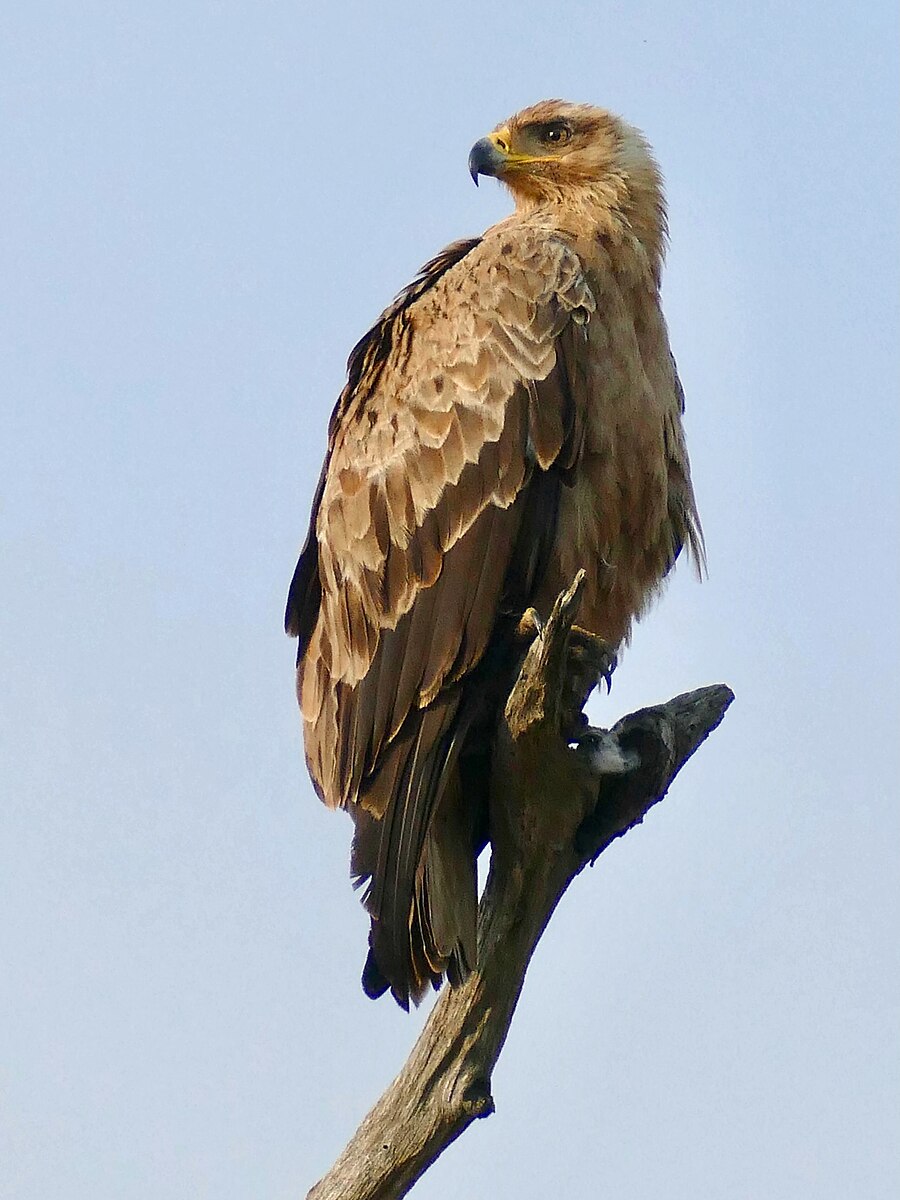The tawny eagle (Aquila rapax) is a large bird of prey that can live up to 16 years on average in the wild, although anecdotal reports suggest they may live up to 45 years in captivity. However, these reports have not been confirmed. In East Africa, the lifespan of tawny eagles is estimated to be 16 years on average.
Tawny Eagle Lifespan in the Wild
Tawny eagles are known to have a relatively long lifespan compared to other raptors. In the wild, these majestic birds can live up to 16 years on average. This lifespan is influenced by various factors, including their habitat, food availability, and predation risks.
Factors Affecting Tawny Eagle Lifespan in the Wild
-
Habitat Quality: Tawny eagles thrive in areas with abundant prey and suitable nesting sites. Regions with well-preserved habitats and minimal human disturbance tend to support longer-lived tawny eagle populations.
-
Food Availability: As generalist carnivores, tawny eagles feed on a variety of prey, including small mammals, birds, reptiles, and even carrion. Access to a reliable food source is crucial for their survival and longevity.
-
Predation Risks: Tawny eagles face threats from larger predators, such as lions, leopards, and other large birds of prey. Nesting success and chick survival are particularly vulnerable to predation, which can impact the overall lifespan of the population.
-
Breeding Success: Tawny eagles typically breed once a year, with the breeding season varying by geographic location. Successful breeding and the rearing of healthy chicks contribute to the longevity of the species.
Tawny Eagle Lifespan in Captivity
 Image source: Tawny Eagle by Bernard DUPONT
Image source: Tawny Eagle by Bernard DUPONT
While tawny eagles can live up to 16 years on average in the wild, there have been anecdotal reports of these birds living up to 45 years in captivity. However, these claims have not been officially confirmed and should be interpreted with caution.
Captive environments can provide tawny eagles with a more controlled and protected living situation, which may contribute to their extended lifespan. Factors such as access to veterinary care, consistent food supply, and reduced predation risks can all play a role in the longevity of tawny eagles in captivity.
Tawny Eagle Nesting and Breeding Behavior
Tawny eagles are unique in their nesting behavior, as the male may start making direct food deliveries to the eaglet at a relatively early point, and the female may remain to shelter the young during rainstorms even after the fledging stage. This parental care and investment in the offspring can contribute to the overall success and survival of the species.
Nesting Success and Chick Survival
Nest losses of eggs and young appear to be quite high, with young eaglets often dying and nests often predated by a wide range of predators. Nesting success is driven by the quality of habitats and food access, with breeding efforts in Zimbabwe producing 19 young in 26 pair years, with a replacement rate of 0.73 young per pair per year.
Tawny Eagle Behavior and Ecology
Tawny eagles are gregarious outside of the breeding season, often forming groups of at least twenty, especially when large amounts of food are available. They tend to occupy the same territory for many years, sometimes even decades, in pairs.
Vocalizations and Communication
Tawny eagles are generally fairly silent, except when aggravated or displaying, and their call can be described as a sharp “kwok kwok”.
Feeding Habits
Tawny eagles are generalist carnivores, feeding on insects, carrion, small animals such as rodents, birds, reptiles, fish, amphibians, and insects. They are very opportunistic hunters and will feed on just about anything they are able to catch, including scavenging at garbage dumps.
Conclusion
The tawny eagle is a remarkable raptor with a lifespan that can reach up to 16 years on average in the wild, and potentially even longer in captive environments. Their longevity is influenced by various factors, including habitat quality, food availability, and breeding success. Understanding the tawny eagle’s lifespan and ecology is crucial for conservation efforts and ensuring the long-term survival of this majestic species.

